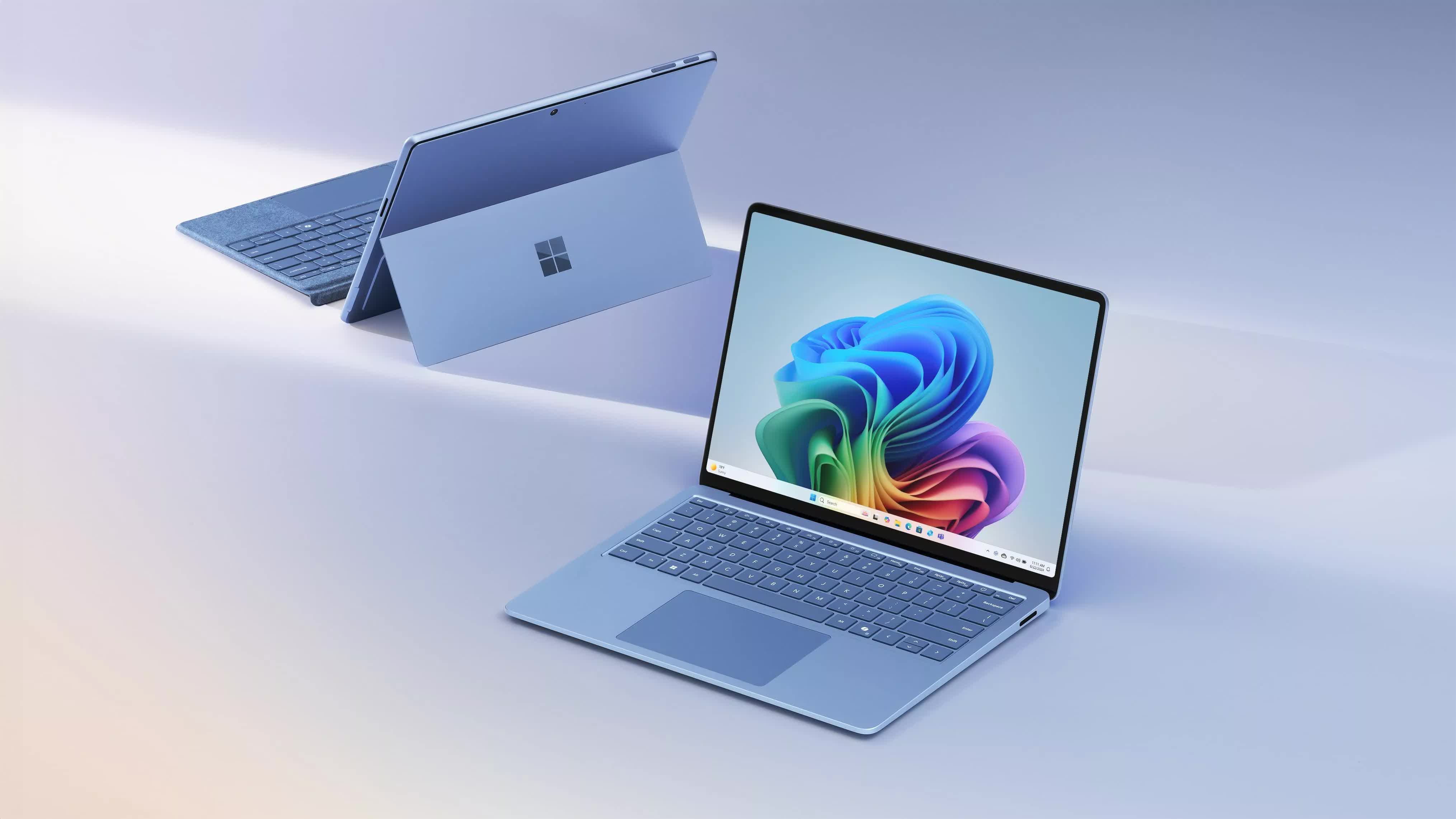Why it matters: Windows on Arm may have finally hit its stride. Arm recently announced that users on the platform now spend more than 90% of their time using native applications. This bump marks a significant milestone, suggesting that historical concerns over app compatibility may be becoming less of a problem.
Concerns about app compatibility have long held back the adoption of Arm-based Windows PCs. Since the launch of Snapdragon-powered Copilot+ devices last year, Arm says developer support has improved. More than 100 popular Windows applications now have native Arm versions.
This support covers most essential tools. All major web browsers, including Google Chrome, now run natively. The Arm-native Chrome delivers a clear performance boost, running over three times faster than its emulated x86 version in Speedometer 3.0 benchmarks.

The growing native-app ecosystem also includes messaging software like Slack and WhatsApp, creative tools such as Adobe Lightroom and DaVinci Resolve, and popular entertainment apps like Spotify. The performance benefits are clear even for specialized software. The blog post highlights that the developers of the AI tool Pieces saw on-device AI response times improve by 64 percent on Arm hardware.
The company is optimistic, saying the user experience on its platform is no longer a question of compatibility but rather one of unlocking superior performance, longer battery life, and smarter features. However, Arm's optimism hasn't made a significant impact on sales.
A report from last year showed that consumers only purchased 720,000 Snapdragon X laptops in Q3 2024, which makes up less than one percent of the entire PC market. This problem is not exclusive to Arm. Intel admitted that its own AI PC chip sales have fallen well short of expectations.
Some compatibility gaps also remain, particularly with parts of the Adobe Creative Suite. However, this list is shrinking, and recent improvements to the x86 emulation layer ensure that even most non-native apps still run well. All that remains is better gaming support. Microsoft has let gaming on Arm stagnate. Valve has put forth some effort to improve playability on the architecture, but it has primarily focused on Linux.
